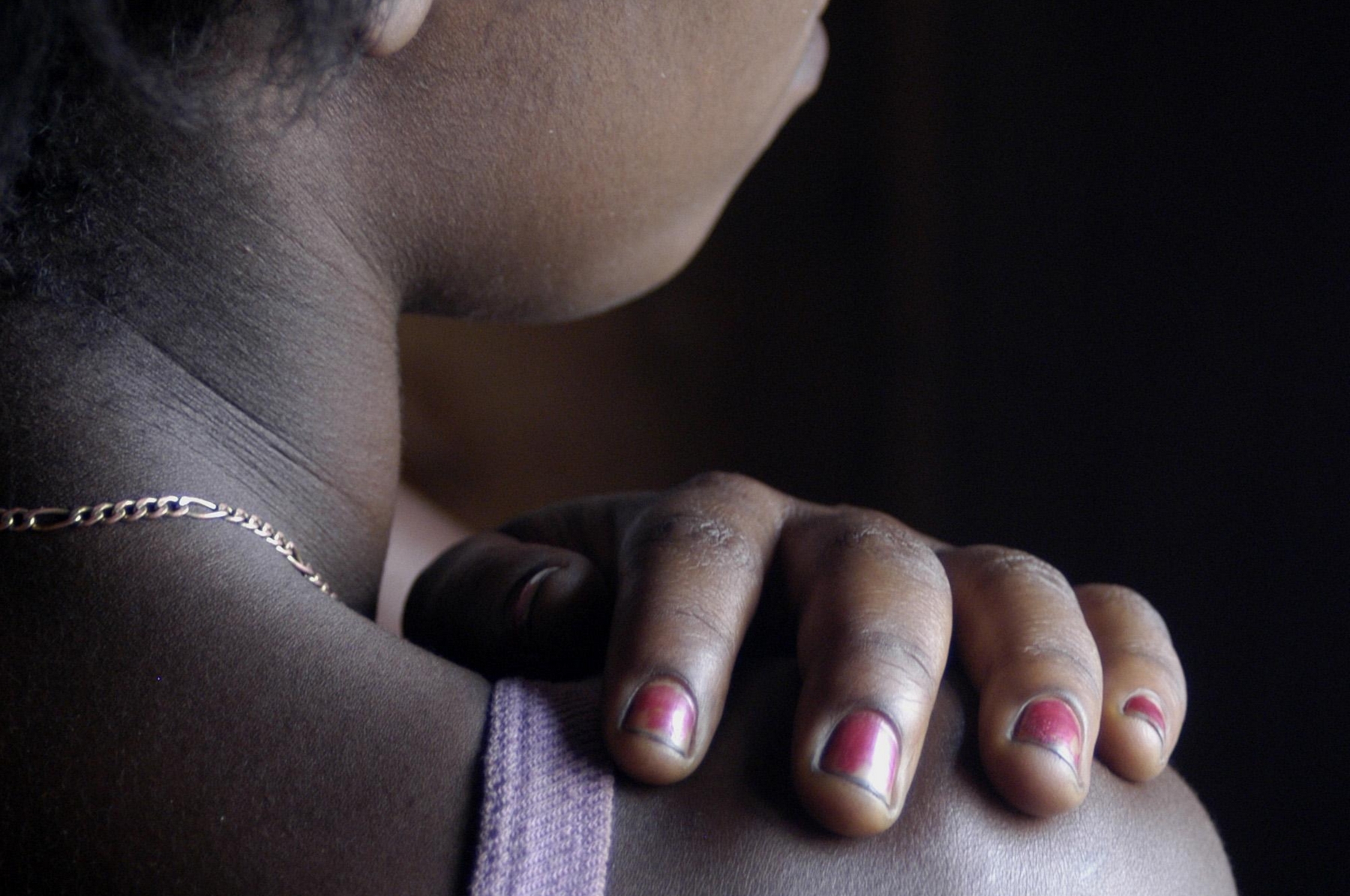REPORT ON TRAFFICKING
Spain: alarming figures on human trafficking released by the Jesuit Migrant Service (SJM), from black labour to prostitution to the sale of human organs

The illegal trafficking of human persons registers the highest increase rate, a “flourishing business in the new global economy”, warned the last report of the Jesuit Migrant Service (SJM). According to the UN, mentioned in the report, the combination of long-distance trafficking and cross-border contraband signals the global “trafficking of human beings” involving at least four million people each year, amounting to 7 to 10 billion dollars in monetary terms. Although sexual exploitation is the most widespread form of human trafficking (79%), there are other two forms of exploitation aimed at black labour and organ trafficking. Concerning increases. The new SJM Report, titled: “Trafficking of human beings”, drawn up by María José Castaño Reyero, researcher at the Academic Institute for Studies on Migration of the Comillas Pontifical University, “although drug trade is the most profitable form of illegal trade, the increased rate of human trafficking is far more worrying”. The researcher warns that “human trafficking, that became the new from of 21st century slavery, is the most sordid form of manual labour in the world”. Considering the spread of female poverty, women are more likely to become victims of trafficking compared to men. Women and children at risk. According to estimates drawn up the International Organization on Migrations, 500.000 women enter Western Europe every year to be sexually exploited. Most of them come from Developing Countries. Those “tasked” with recruiting the young women, continues the report, do so with false job promises as models, secretaries or employees in rich Countries, but some of them know they will become prostitutes, having obtained the consensus of their families – allured by promises of economic gains. The report mentions some of the “itineraries” of sexual slavery, as the one that goes from Myanmar, China and Cambodia to Thailand; from Russia to the Gulf Emirates; from the Philippines and Columbia to Japan, or the route from Brazil, Paraguay, Colombia and Nigeria to Spain. The Report highlights that “since the end of the Iron Curtain, tens of thousands of women and children were ‘exported’ from Russia, Ukraine, Moldavia, and Romania for exploitation in cities in Western Europe and Japan”. The victims of trafficking for sexual exploitation purposes include another very vulnerable group: children. According to UNICEF, as many as two million children are forced into prostitution in the sex trade worldwide. But child trafficking involves more, equally serious possibilities, such as the illegal adoption of foreign children; organ trafficking; the abduction of children for use in armed conflicts (child soldiers) or mendicacy, often accompanied by criminal activities. Exploitation for labour. The second most common form of trafficking is aimed at of labour exploitation. According to the International Labour Organisation, the global number of victims of forced labour amounts to 20.9 million people. Such form of exploitation takes place in sectors such as construction, agriculture, textile, housework, transport companies and begging. This isn’t only a violation of the rights of workers, since its victims are subjected to inhuman working conditions, extremely low or non-existent wages, activities in areas that fail to meet the basic conditions of hygiene or security, situations of slavery caused by indebtedness – the report points out -. Cases such as the ones reported continue being few, while sexual exploitation of women is more often the object of denunciations, and as such, is more frequently recorded in global statistics. Stop to indifference. According to the SJM Report, after a period of indifference or lack of interest, the international community is now starting to take the problem into serious account, underlining some of the laws approved for this purpose. “In transatlantic trade it took four hundred years to bring twelve million African slaves to the New World. But it is estimated that in ten years some thirty million women and children have been the object of trafficking in South East Asia” concludes the Report quoting Kevin Bales, author of the book “Disposable people. New slavery in the global economy”.